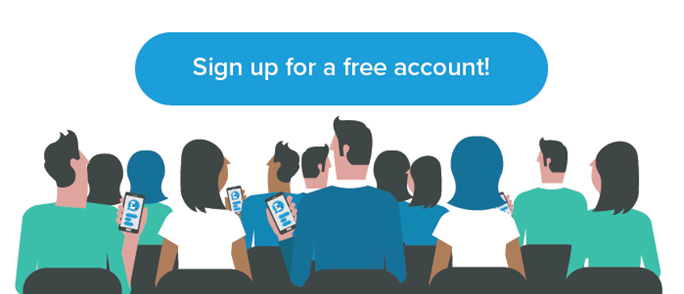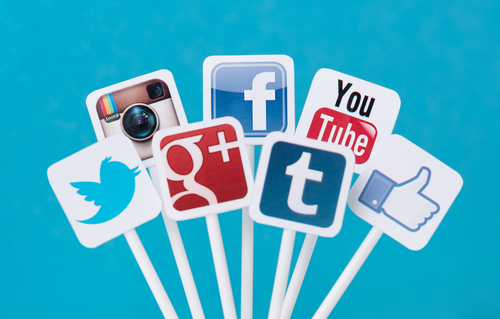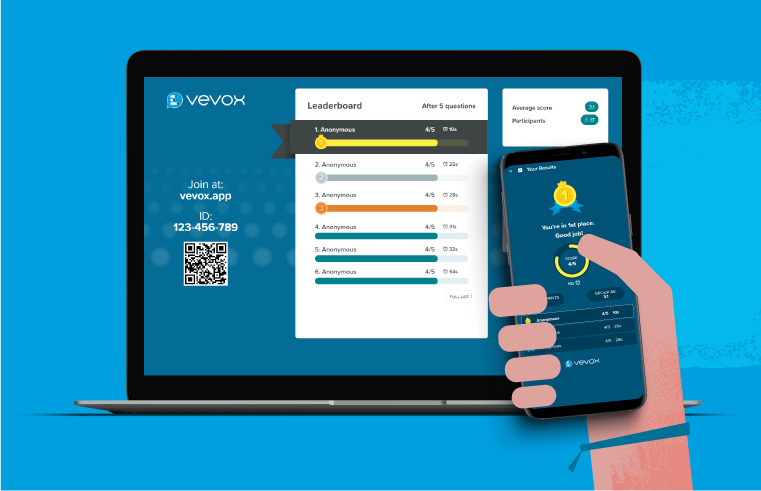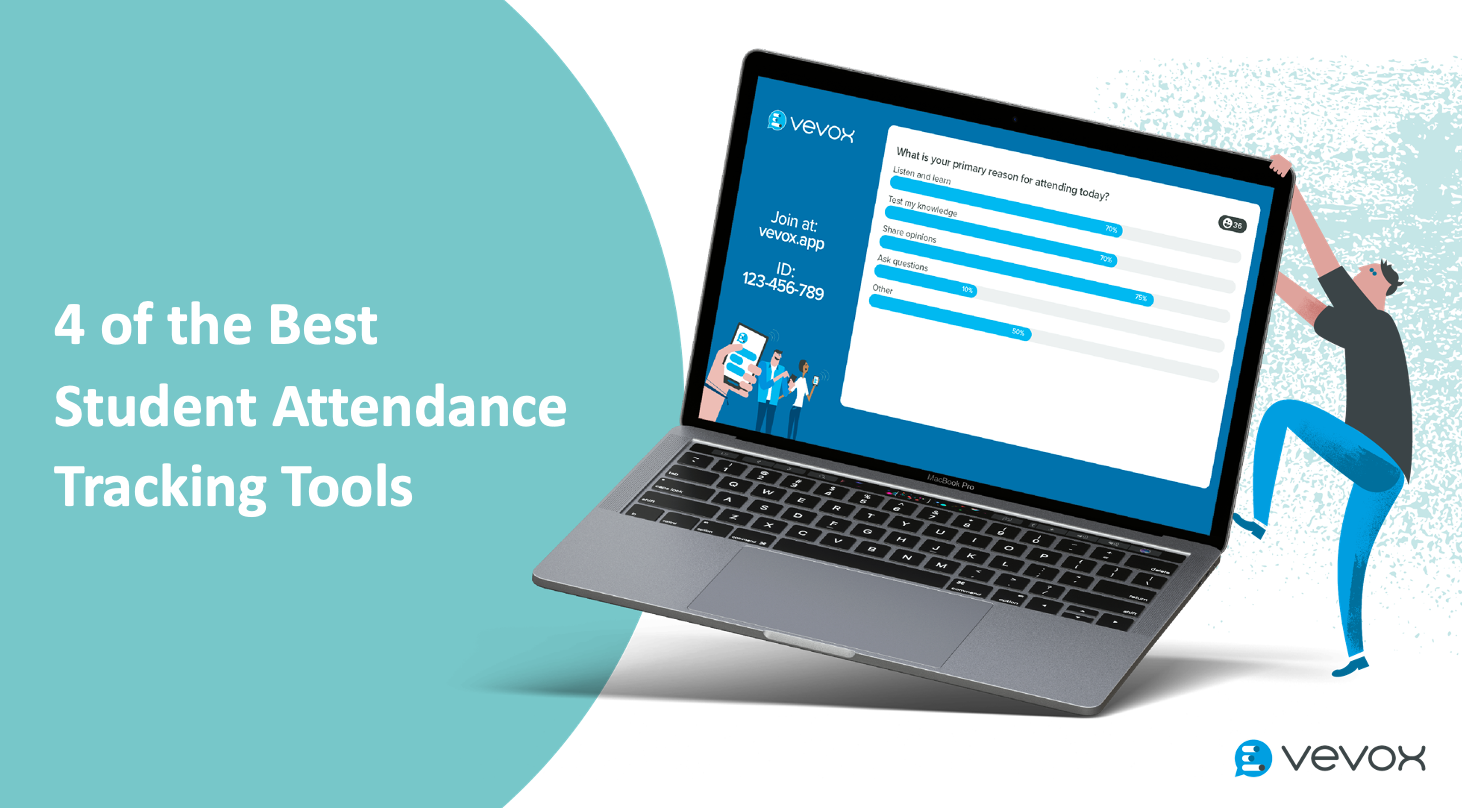Today, an increasing number of lecturers are integrating social media channels such as Facebook, Twitter, Instagram and Pinterest into their lessons. Since Facebook originally started in Harvard University before spreading to other colleges in the US, it is interesting to look at the role of social media in education today, a decade on from its creation.
Figures show that by the end of 2016, two thirds of teenagers aged 16 had social media profiles and that 70% of people own smartphones that can easily access these channels anywhere, at any time. These stats prove that educators shouldn’t overlook this medium when looking to engage and interact with their students. However, there is a darker side to social media with issues such as cyberbullying and social safety often discussed, as well as the view that social media can be seen as a distraction. With all these things in mind, how can teachers successfully leverage social channels in the classroom?
Just as every social media channel has its own characteristics and rules, so each has a variety of benefits for the classroom. Students will inevitably want to use social media, so barriers to adoption are low…by integrating social media usage in a controlled and specific way, teachers and lecturers can educate students using platforms that they already buy-into, naturally increasing engagement and interaction.
One study on the use of social media in medical education found that 71% of lecturers felt it promoted learner engagement whilst 57% received better feedback and 36% reported increased collaboration opportunities. But how can teachers use each channel to their advantage in their own classroom?
Facebook remains the most popular social channel with over two billion users. Facebook is also a great way to cover topical discussions in many subjects especially sociology, psychology and history. Lecturers can also create private groups for discussion, ideas sharing and project co-ordination.
Twitter is a great place for students and lecturers to follow experts and interesting organisations and leading industry figures around the world. Many users set up coordinated group chats that use specific hashtags to spread the word and keep talks focussed on a specific topic. These chats are open for anyone to join and can be a great place to debate issues or conduct research and obtain feedback, making them a great resource for research. For students studying media, journalism or production, creating a podcast to share through social channels is a great opportunity to enhance practical skills and promote teamwork and shared responsibility.
Instagram is very popular with the younger generation and is visually focussed – great for creative and artistic subjects such as art, design, fashion and architecture. This can be a great place for students to create a digital portfolio that is easily shareable. Similarly to Twitter, students and lecturers can follow accounts of interest to gather inspiration or provide a talking point for a class or seminar.
Another visual channel, Pinterest acts as a virtual pin board where teachers, lecturers or students can gather ‘Pins’ on a specific topic or theme. Similarly to Twitter, Pinterest can be used for research or used as a portfolio or a place to showcase a project visually. Similarly to Instagram, Pinterest is great for creative subjects and can be a great source of inspiration for graphic design or fashion students.
Addressing the potential pitfalls
By very nature of the fact that most social media is unregulated or uncensored, it is advisable to set expectations with students about their usage of social media for study. Thorough research is needed by teaching staff before recommending or suggesting accounts to follow for educational purposes. Students must also be coached in exercising the right etiquette and safe behaviour online, including reporting inappropriate content or behaviour including cyberbullying, for which the education institution will no doubt already have a policy in place.
Benefits for social media in the classroom
According to this infographic, nearly half of schools in the US already report using social media to collaborate with other schools and over one quarter make use of online communities to help teachers and administrators with their roles.
By using any combination of these social channels, lecturers can easily make and share videos and other content, facilitate increased peer to peer discussionenhance student collaboration, promote creativity and shared responsibility – all great skills for today and for life after study!



.png)

